Agricultural service centre Black & White Stock Photos
(6)See agricultural service centre stock video clipsAgricultural service centre Black & White Stock Photos
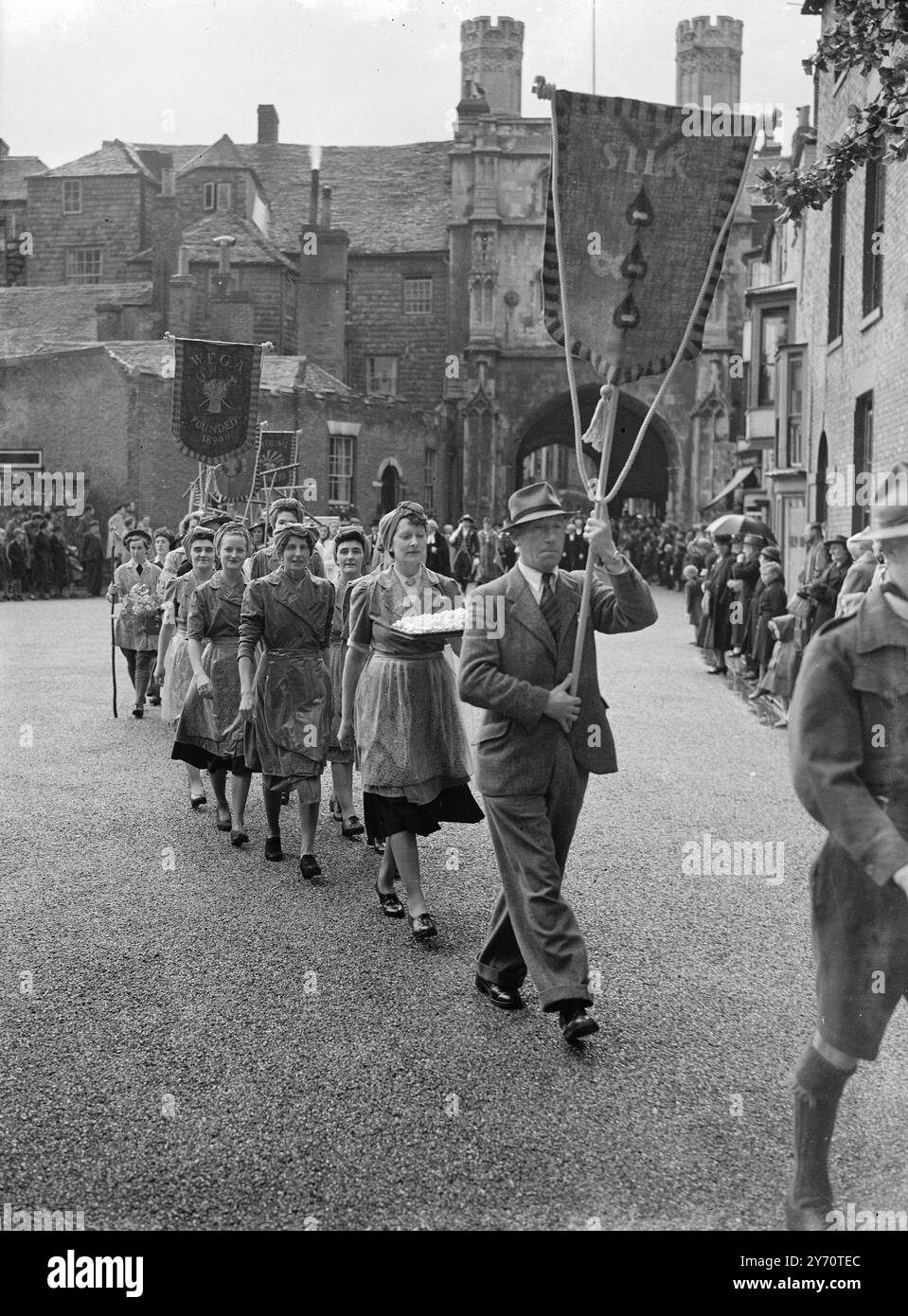 Silk workers follow Lullingstone's Banner in a harvest Festival at Canterbry Maj R Field Bibb , manager , raises the silk farm's flag ; it shows three dark mulberry leaves , each with a yellow cocoon in the centre . Lady Hart Dyke ( second in Line ) bears a tray of cocoons . Six of her workers in matching turbans march with her to Canterbury Cathedral for a thanksgiving service . The occasion was Britain 's Harvest Festival of the World ( 1948 ) , in which agricultural delegates from Commonwealth nations carried gifts . 21 June 1948 Stock Photohttps://www.alamy.com/image-license-details/?v=1https://www.alamy.com/silk-workers-follow-lullingstones-banner-in-a-harvest-festival-at-canterbry-maj-r-field-bibb-manager-raises-the-silk-farms-flag-it-shows-three-dark-mulberry-leaves-each-with-a-yellow-cocoon-in-the-centre-lady-hart-dyke-second-in-line-bears-a-tray-of-cocoons-six-of-her-workers-in-matching-turbans-march-with-her-to-canterbury-cathedral-for-a-thanksgiving-service-the-occasion-was-britain-s-harvest-festival-of-the-world-1948-in-which-agricultural-delegates-from-commonwealth-nations-carried-gifts-21-june-1948-image623895060.html
Silk workers follow Lullingstone's Banner in a harvest Festival at Canterbry Maj R Field Bibb , manager , raises the silk farm's flag ; it shows three dark mulberry leaves , each with a yellow cocoon in the centre . Lady Hart Dyke ( second in Line ) bears a tray of cocoons . Six of her workers in matching turbans march with her to Canterbury Cathedral for a thanksgiving service . The occasion was Britain 's Harvest Festival of the World ( 1948 ) , in which agricultural delegates from Commonwealth nations carried gifts . 21 June 1948 Stock Photohttps://www.alamy.com/image-license-details/?v=1https://www.alamy.com/silk-workers-follow-lullingstones-banner-in-a-harvest-festival-at-canterbry-maj-r-field-bibb-manager-raises-the-silk-farms-flag-it-shows-three-dark-mulberry-leaves-each-with-a-yellow-cocoon-in-the-centre-lady-hart-dyke-second-in-line-bears-a-tray-of-cocoons-six-of-her-workers-in-matching-turbans-march-with-her-to-canterbury-cathedral-for-a-thanksgiving-service-the-occasion-was-britain-s-harvest-festival-of-the-world-1948-in-which-agricultural-delegates-from-commonwealth-nations-carried-gifts-21-june-1948-image623895060.htmlRM2Y70TEC–Silk workers follow Lullingstone's Banner in a harvest Festival at Canterbry Maj R Field Bibb , manager , raises the silk farm's flag ; it shows three dark mulberry leaves , each with a yellow cocoon in the centre . Lady Hart Dyke ( second in Line ) bears a tray of cocoons . Six of her workers in matching turbans march with her to Canterbury Cathedral for a thanksgiving service . The occasion was Britain 's Harvest Festival of the World ( 1948 ) , in which agricultural delegates from Commonwealth nations carried gifts . 21 June 1948
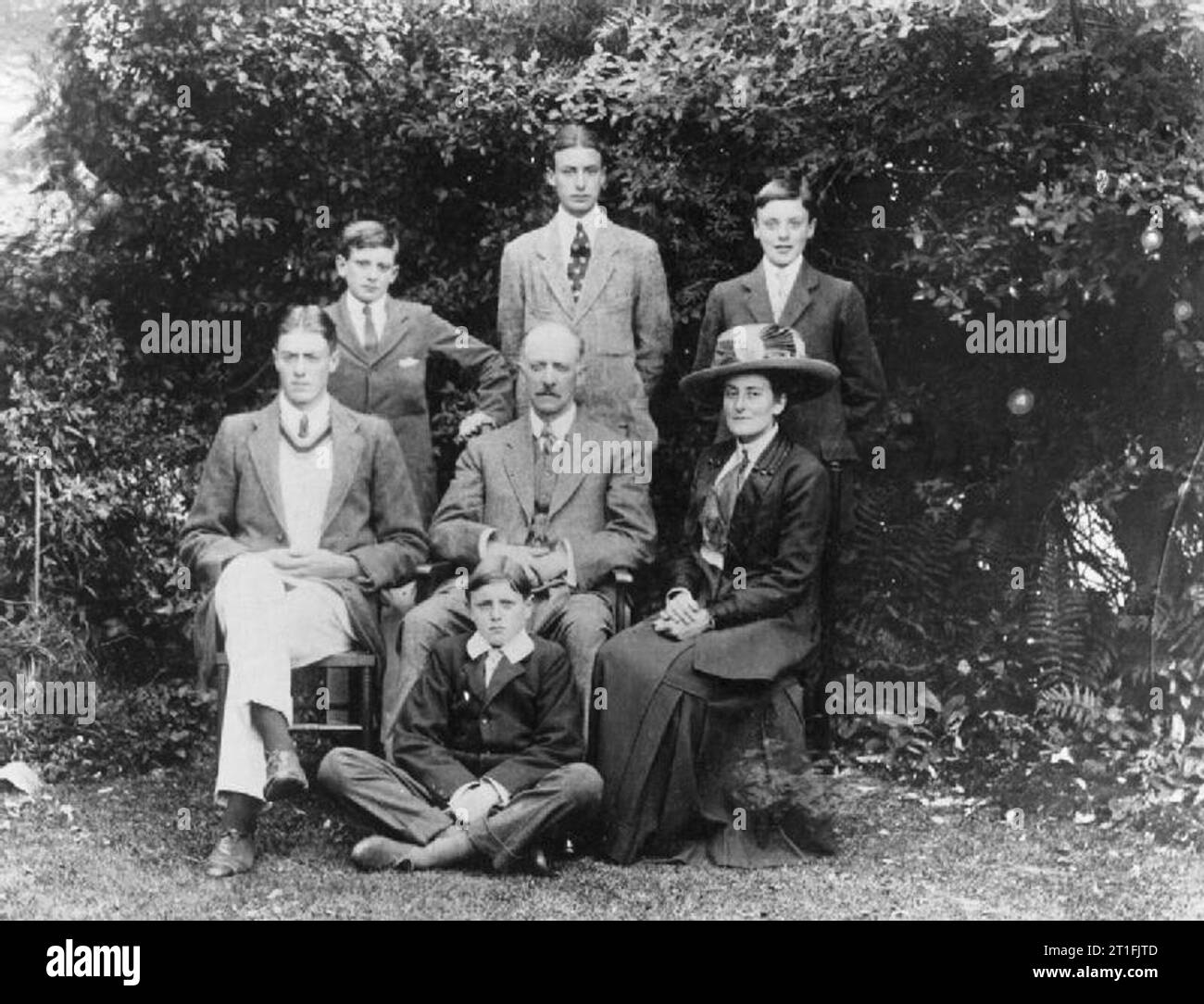 . 9th Battery, 41st Brigade, Royal Field Artillery 2nd Lt Farmer (centre back row) with his family in the garden of their home at Mundesley, Norfolk. Lt Farmer was the second of five service sons of Lieutenant J H Farmer (late attached officer, War Office) and Mrs Farmer (District Representative of the Red Cross Society and member of the War Agricultural Committee). James was educated at the Royal Military Academy, Woolwich and gazetted as second lieutenant to the Royal Field Artillery in 1913. On the outbreak of war, he was posted to the Western Front with 9th Battery, 41st Brigade. Lt Farmer Stock Photohttps://www.alamy.com/image-license-details/?v=1https://www.alamy.com/9th-battery-41st-brigade-royal-field-artillery-2nd-lt-farmer-centre-back-row-with-his-family-in-the-garden-of-their-home-at-mundesley-norfolk-lt-farmer-was-the-second-of-five-service-sons-of-lieutenant-j-h-farmer-late-attached-officer-war-office-and-mrs-farmer-district-representative-of-the-red-cross-society-and-member-of-the-war-agricultural-committee-james-was-educated-at-the-royal-military-academy-woolwich-and-gazetted-as-second-lieutenant-to-the-royal-field-artillery-in-1913-on-the-outbreak-of-war-he-was-posted-to-the-western-front-with-9th-battery-41st-brigade-lt-farmer-image568900877.html
. 9th Battery, 41st Brigade, Royal Field Artillery 2nd Lt Farmer (centre back row) with his family in the garden of their home at Mundesley, Norfolk. Lt Farmer was the second of five service sons of Lieutenant J H Farmer (late attached officer, War Office) and Mrs Farmer (District Representative of the Red Cross Society and member of the War Agricultural Committee). James was educated at the Royal Military Academy, Woolwich and gazetted as second lieutenant to the Royal Field Artillery in 1913. On the outbreak of war, he was posted to the Western Front with 9th Battery, 41st Brigade. Lt Farmer Stock Photohttps://www.alamy.com/image-license-details/?v=1https://www.alamy.com/9th-battery-41st-brigade-royal-field-artillery-2nd-lt-farmer-centre-back-row-with-his-family-in-the-garden-of-their-home-at-mundesley-norfolk-lt-farmer-was-the-second-of-five-service-sons-of-lieutenant-j-h-farmer-late-attached-officer-war-office-and-mrs-farmer-district-representative-of-the-red-cross-society-and-member-of-the-war-agricultural-committee-james-was-educated-at-the-royal-military-academy-woolwich-and-gazetted-as-second-lieutenant-to-the-royal-field-artillery-in-1913-on-the-outbreak-of-war-he-was-posted-to-the-western-front-with-9th-battery-41st-brigade-lt-farmer-image568900877.htmlRM2T1FJTD–. 9th Battery, 41st Brigade, Royal Field Artillery 2nd Lt Farmer (centre back row) with his family in the garden of their home at Mundesley, Norfolk. Lt Farmer was the second of five service sons of Lieutenant J H Farmer (late attached officer, War Office) and Mrs Farmer (District Representative of the Red Cross Society and member of the War Agricultural Committee). James was educated at the Royal Military Academy, Woolwich and gazetted as second lieutenant to the Royal Field Artillery in 1913. On the outbreak of war, he was posted to the Western Front with 9th Battery, 41st Brigade. Lt Farmer
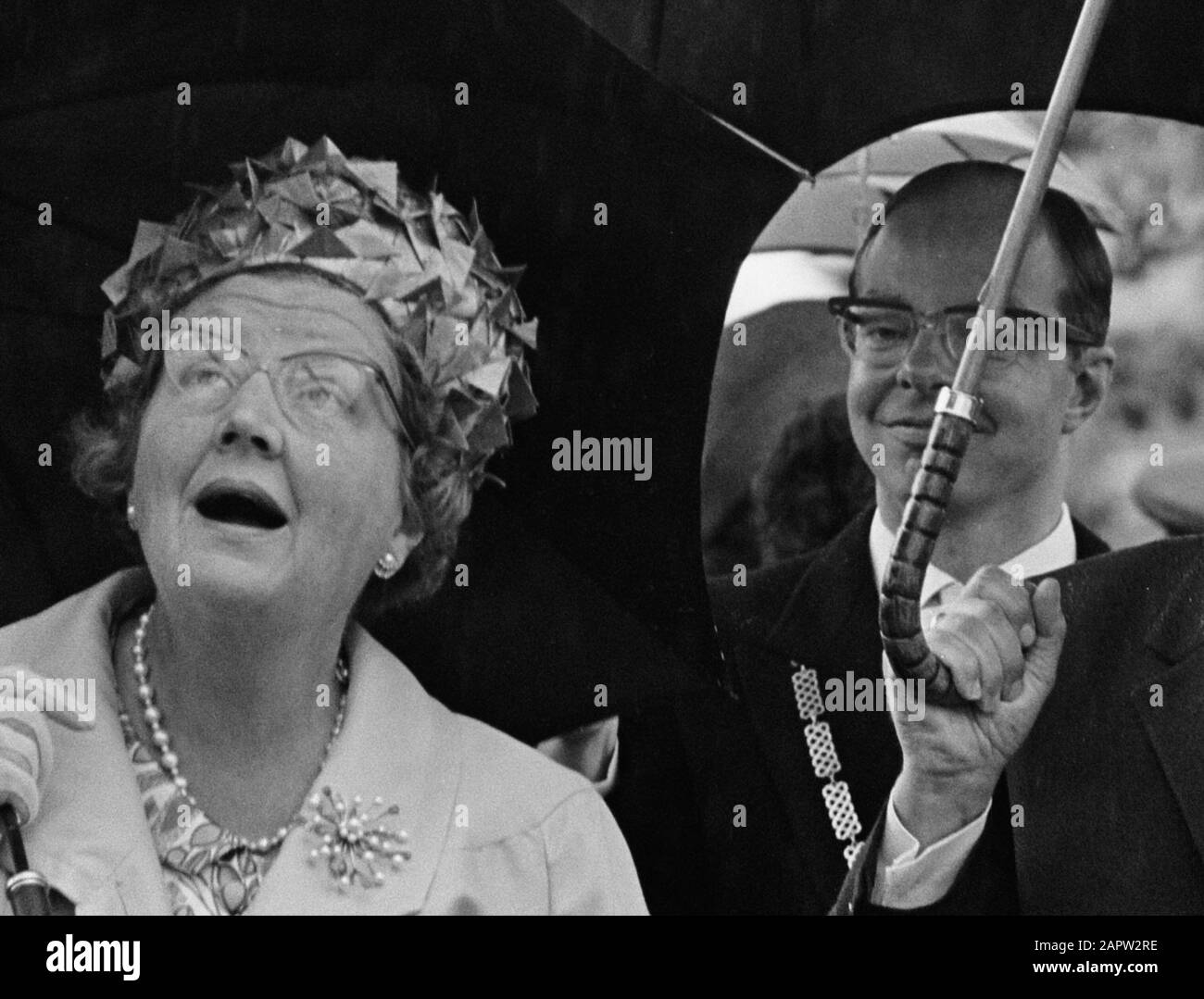 Queen Juliana visits several municipalities in South Holland. At the Floriculture Centre of Boskoop she is under an umbrella; Queen Juliana visits some South Holland municipalities. At the Ornamental Planting Centre of Boskoop she is under an umbrella; Stock Photohttps://www.alamy.com/image-license-details/?v=1https://www.alamy.com/queen-juliana-visits-several-municipalities-in-south-holland-at-the-floriculture-centre-of-boskoop-she-is-under-an-umbrella-queen-juliana-visits-some-south-holland-municipalities-at-the-ornamental-planting-centre-of-boskoop-she-is-under-an-umbrella-image341070450.html
Queen Juliana visits several municipalities in South Holland. At the Floriculture Centre of Boskoop she is under an umbrella; Queen Juliana visits some South Holland municipalities. At the Ornamental Planting Centre of Boskoop she is under an umbrella; Stock Photohttps://www.alamy.com/image-license-details/?v=1https://www.alamy.com/queen-juliana-visits-several-municipalities-in-south-holland-at-the-floriculture-centre-of-boskoop-she-is-under-an-umbrella-queen-juliana-visits-some-south-holland-municipalities-at-the-ornamental-planting-centre-of-boskoop-she-is-under-an-umbrella-image341070450.htmlRM2APW2RE–Queen Juliana visits several municipalities in South Holland. At the Floriculture Centre of Boskoop she is under an umbrella; Queen Juliana visits some South Holland municipalities. At the Ornamental Planting Centre of Boskoop she is under an umbrella;
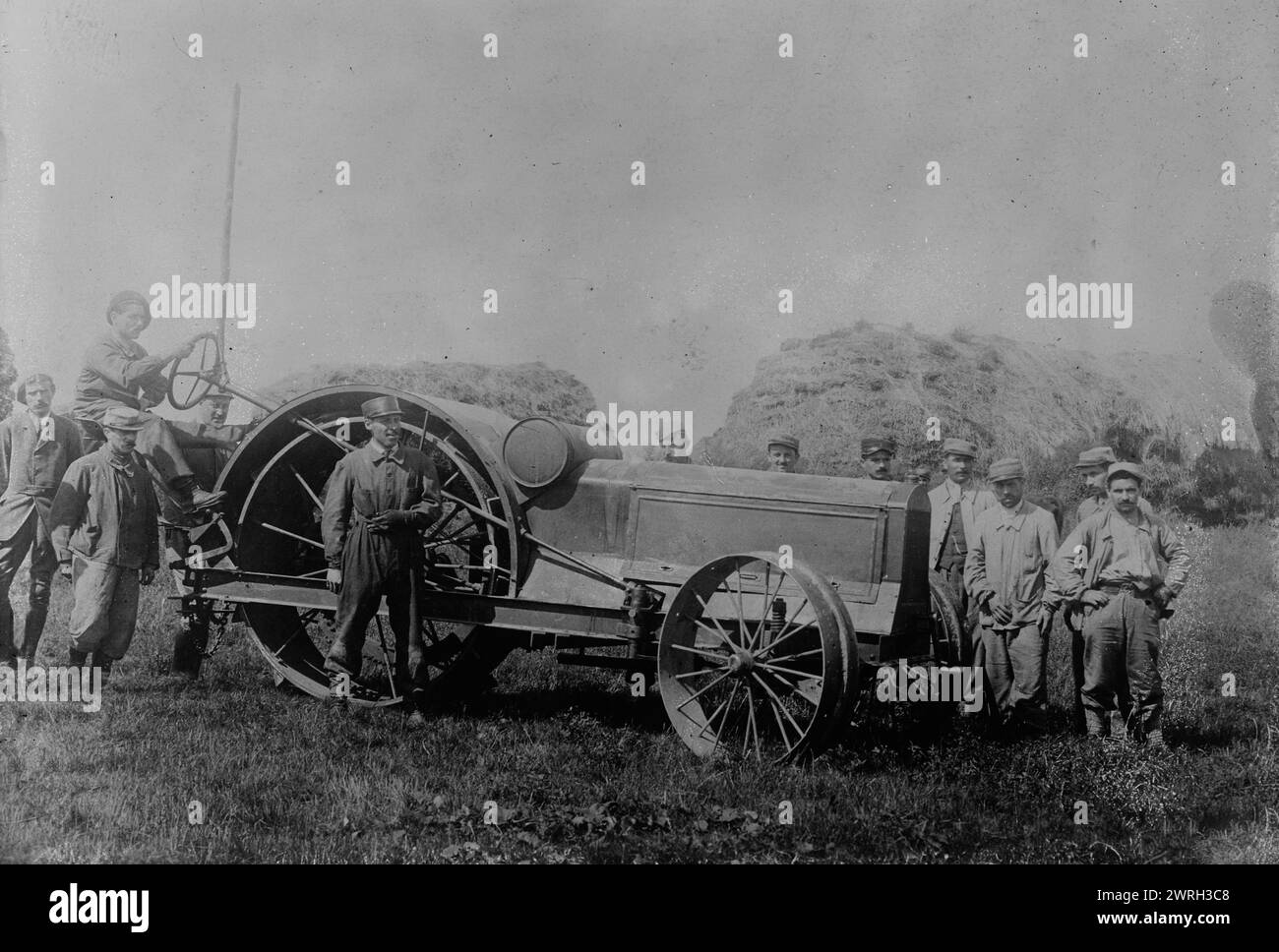 French cripples run a tractor, 17 May 1918 (date created or published later). Men operating a tractor, probably on an American Red Cross farm, established to assist French disabled veterans near Tours in 1918 during World War I. Stock Photohttps://www.alamy.com/image-license-details/?v=1https://www.alamy.com/french-cripples-run-a-tractor-17-may-1918-date-created-or-published-later-men-operating-a-tractor-probably-on-an-american-red-cross-farm-established-to-assist-french-disabled-veterans-near-tours-in-1918-during-world-war-i-image599665480.html
French cripples run a tractor, 17 May 1918 (date created or published later). Men operating a tractor, probably on an American Red Cross farm, established to assist French disabled veterans near Tours in 1918 during World War I. Stock Photohttps://www.alamy.com/image-license-details/?v=1https://www.alamy.com/french-cripples-run-a-tractor-17-may-1918-date-created-or-published-later-men-operating-a-tractor-probably-on-an-american-red-cross-farm-established-to-assist-french-disabled-veterans-near-tours-in-1918-during-world-war-i-image599665480.htmlRM2WRH3C8–French cripples run a tractor, 17 May 1918 (date created or published later). Men operating a tractor, probably on an American Red Cross farm, established to assist French disabled veterans near Tours in 1918 during World War I.
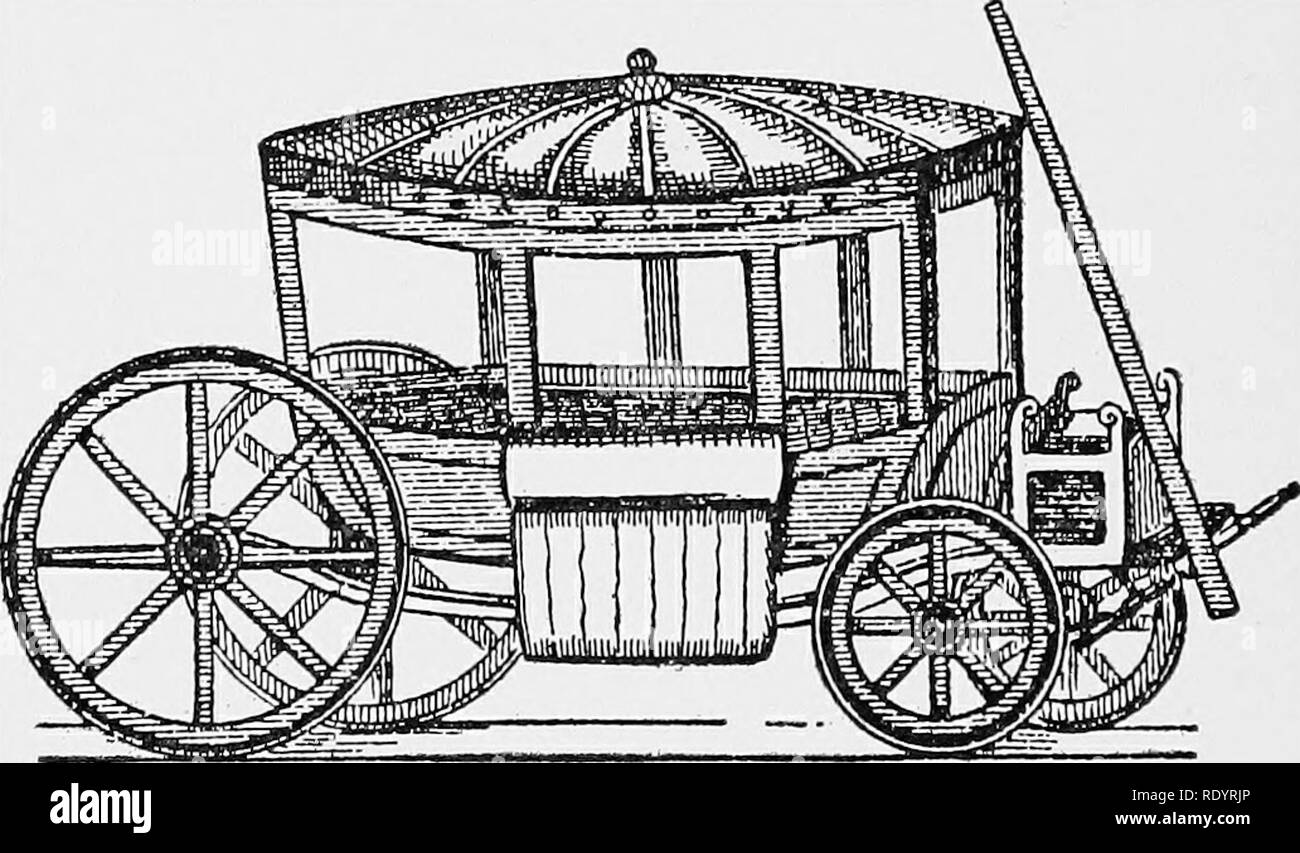 . Productive horse husbandry. Horses; Horses. 290 THE HORSE IN SERVICE Very light wheels may have the spokes set in the hub in staggered fashion (Eig. 160) in order to brace the wheel against being sprung by a side thrust from either direction. Instead of being lined up in the hub every other spoke is set outside the centre of the hub, which is directly in line with the felloe, the other spokes being set inside. Thus each alternate half of the spokes braces the wheel in opposite directions. Wheeled passenger vehicles were first intro- duced into England in 1555, according to Sir AYalter Gilbey Stock Photohttps://www.alamy.com/image-license-details/?v=1https://www.alamy.com/productive-horse-husbandry-horses-horses-290-the-horse-in-service-very-light-wheels-may-have-the-spokes-set-in-the-hub-in-staggered-fashion-eig-160-in-order-to-brace-the-wheel-against-being-sprung-by-a-side-thrust-from-either-direction-instead-of-being-lined-up-in-the-hub-every-other-spoke-is-set-outside-the-centre-of-the-hub-which-is-directly-in-line-with-the-felloe-the-other-spokes-being-set-inside-thus-each-alternate-half-of-the-spokes-braces-the-wheel-in-opposite-directions-wheeled-passenger-vehicles-were-first-intro-duced-into-england-in-1555-according-to-sir-ayalter-gilbey-image232336574.html
. Productive horse husbandry. Horses; Horses. 290 THE HORSE IN SERVICE Very light wheels may have the spokes set in the hub in staggered fashion (Eig. 160) in order to brace the wheel against being sprung by a side thrust from either direction. Instead of being lined up in the hub every other spoke is set outside the centre of the hub, which is directly in line with the felloe, the other spokes being set inside. Thus each alternate half of the spokes braces the wheel in opposite directions. Wheeled passenger vehicles were first intro- duced into England in 1555, according to Sir AYalter Gilbey Stock Photohttps://www.alamy.com/image-license-details/?v=1https://www.alamy.com/productive-horse-husbandry-horses-horses-290-the-horse-in-service-very-light-wheels-may-have-the-spokes-set-in-the-hub-in-staggered-fashion-eig-160-in-order-to-brace-the-wheel-against-being-sprung-by-a-side-thrust-from-either-direction-instead-of-being-lined-up-in-the-hub-every-other-spoke-is-set-outside-the-centre-of-the-hub-which-is-directly-in-line-with-the-felloe-the-other-spokes-being-set-inside-thus-each-alternate-half-of-the-spokes-braces-the-wheel-in-opposite-directions-wheeled-passenger-vehicles-were-first-intro-duced-into-england-in-1555-according-to-sir-ayalter-gilbey-image232336574.htmlRMRDYRJP–. Productive horse husbandry. Horses; Horses. 290 THE HORSE IN SERVICE Very light wheels may have the spokes set in the hub in staggered fashion (Eig. 160) in order to brace the wheel against being sprung by a side thrust from either direction. Instead of being lined up in the hub every other spoke is set outside the centre of the hub, which is directly in line with the felloe, the other spokes being set inside. Thus each alternate half of the spokes braces the wheel in opposite directions. Wheeled passenger vehicles were first intro- duced into England in 1555, according to Sir AYalter Gilbey
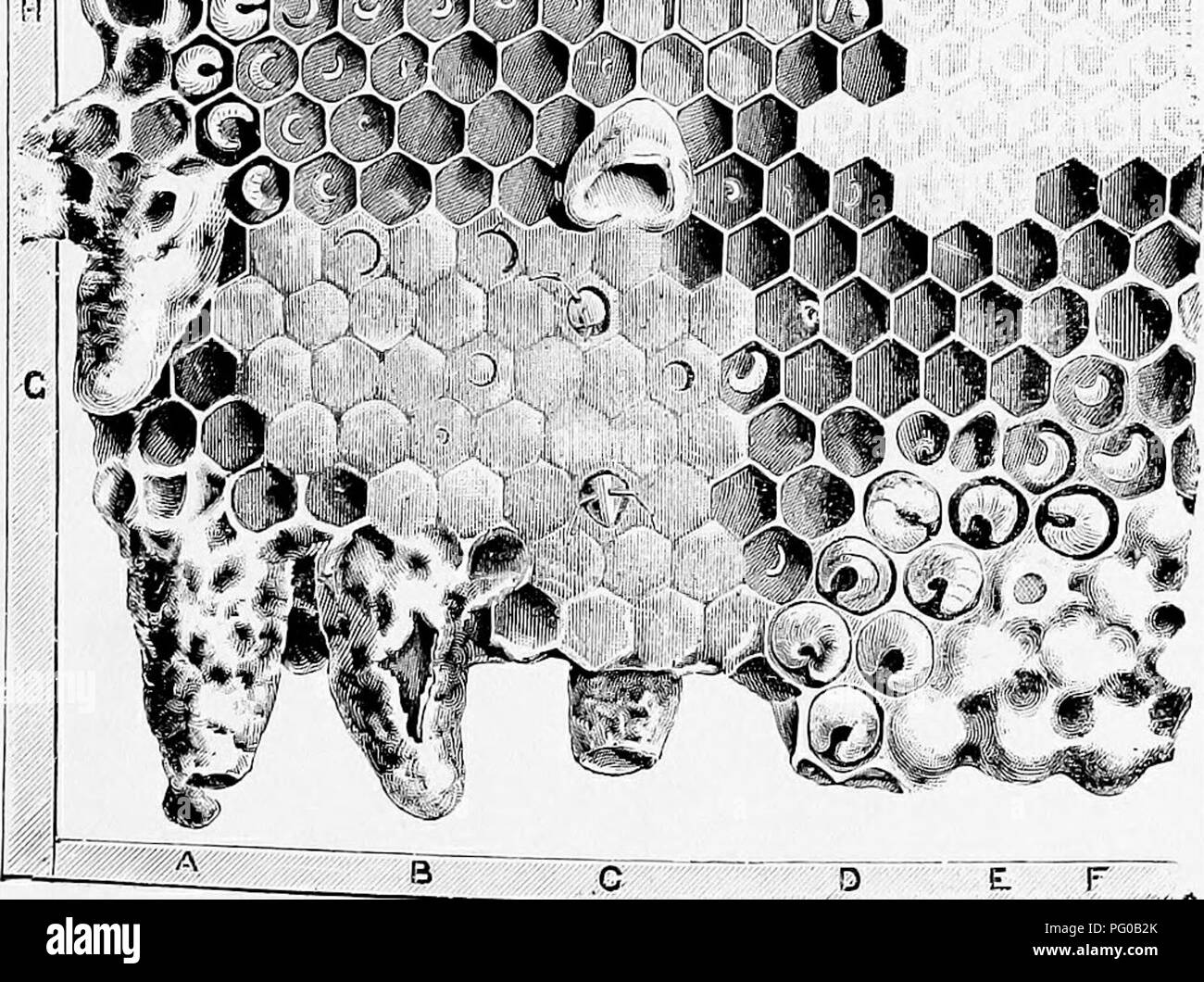 . Instruction in bee-keeping for the use of Irish bee-keepers . Bees. Queen. Drone. Fig. 2.—The Honey Bee.1 (Prom " Bees and Bee-keeping," by Cheshire). 0. Fig. 3.—Ho^teyoomb, natural size. (Prom " Bees and Bee-keeping," by Cheshire). A, Queen cell, from which Queen has hatched, showing lid open ; B, Queen cell torn open at side ; C, Queen cell cut down by bees ; D, Drone grub ; E, Drone cell, partly sealed ; F, Drone cells, sealed ; H, Old Queen cell; 0, Eggs 'and larvse in yarious stages. M, Aborted queen cell on face of comb. K, Fresh pollen masses. In the left centre of Stock Photohttps://www.alamy.com/image-license-details/?v=1https://www.alamy.com/instruction-in-bee-keeping-for-the-use-of-irish-bee-keepers-bees-queen-drone-fig-2the-honey-bee1-prom-quot-bees-and-bee-keepingquot-by-cheshire-0-fig-3hoteyoomb-natural-size-prom-quot-bees-and-bee-keepingquot-by-cheshire-a-queen-cell-from-which-queen-has-hatched-showing-lid-open-b-queen-cell-torn-open-at-side-c-queen-cell-cut-down-by-bees-d-drone-grub-e-drone-cell-partly-sealed-f-drone-cells-sealed-h-old-queen-cell-0-eggs-and-larvse-in-yarious-stages-m-aborted-queen-cell-on-face-of-comb-k-fresh-pollen-masses-in-the-left-centre-of-image216367611.html
. Instruction in bee-keeping for the use of Irish bee-keepers . Bees. Queen. Drone. Fig. 2.—The Honey Bee.1 (Prom " Bees and Bee-keeping," by Cheshire). 0. Fig. 3.—Ho^teyoomb, natural size. (Prom " Bees and Bee-keeping," by Cheshire). A, Queen cell, from which Queen has hatched, showing lid open ; B, Queen cell torn open at side ; C, Queen cell cut down by bees ; D, Drone grub ; E, Drone cell, partly sealed ; F, Drone cells, sealed ; H, Old Queen cell; 0, Eggs 'and larvse in yarious stages. M, Aborted queen cell on face of comb. K, Fresh pollen masses. In the left centre of Stock Photohttps://www.alamy.com/image-license-details/?v=1https://www.alamy.com/instruction-in-bee-keeping-for-the-use-of-irish-bee-keepers-bees-queen-drone-fig-2the-honey-bee1-prom-quot-bees-and-bee-keepingquot-by-cheshire-0-fig-3hoteyoomb-natural-size-prom-quot-bees-and-bee-keepingquot-by-cheshire-a-queen-cell-from-which-queen-has-hatched-showing-lid-open-b-queen-cell-torn-open-at-side-c-queen-cell-cut-down-by-bees-d-drone-grub-e-drone-cell-partly-sealed-f-drone-cells-sealed-h-old-queen-cell-0-eggs-and-larvse-in-yarious-stages-m-aborted-queen-cell-on-face-of-comb-k-fresh-pollen-masses-in-the-left-centre-of-image216367611.htmlRMPG0B2K–. Instruction in bee-keeping for the use of Irish bee-keepers . Bees. Queen. Drone. Fig. 2.—The Honey Bee.1 (Prom " Bees and Bee-keeping," by Cheshire). 0. Fig. 3.—Ho^teyoomb, natural size. (Prom " Bees and Bee-keeping," by Cheshire). A, Queen cell, from which Queen has hatched, showing lid open ; B, Queen cell torn open at side ; C, Queen cell cut down by bees ; D, Drone grub ; E, Drone cell, partly sealed ; F, Drone cells, sealed ; H, Old Queen cell; 0, Eggs 'and larvse in yarious stages. M, Aborted queen cell on face of comb. K, Fresh pollen masses. In the left centre of